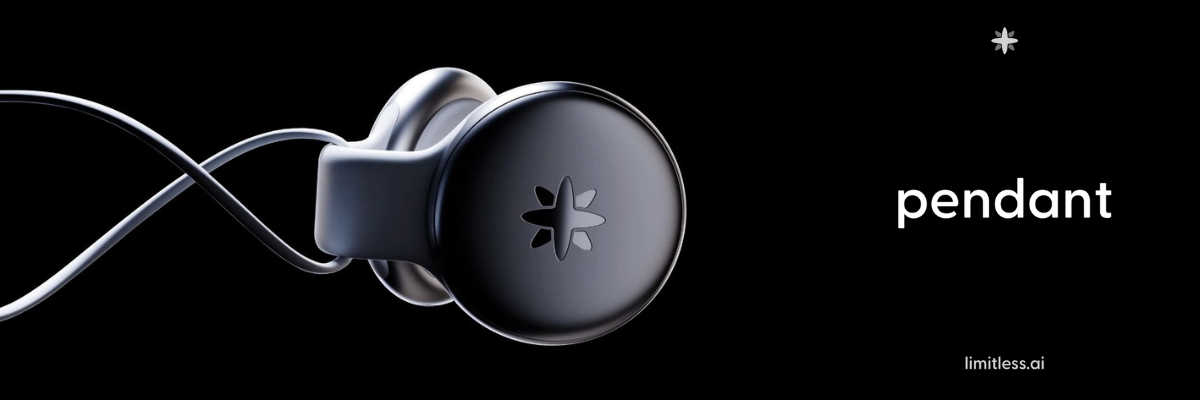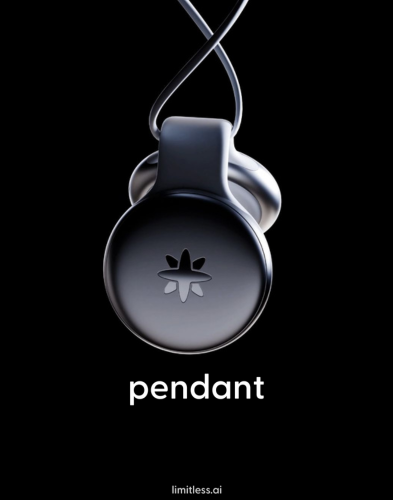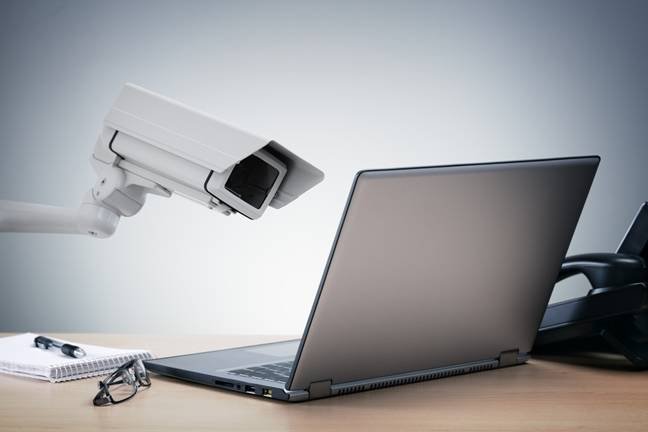Red Sea submarine cable outage slows Microsoft cloud • The Register

Asia In Brief Microsoft has warned that customers of its Azure cloud may experience heightened latency due to a submarine cable outage in the Red Sea.
According to an Azure status update, “Starting at 05:45 UTC on 06 September 2025, network traffic traversing through the Middle East may experience increased latency due to undersea fiber cuts in the Red Sea.”
Microsoft has routed traffic over alternate network paths but warns customers to “expect higher latency on some traffic that previously traversed through the Middle East.”
Junior cloud Linode has also warned of “network congestion and latency due to multiple faults in the undersea cables that are part of the optimal routes out of the data centers.”
The company warned: “There is currently no estimated time-to-resolution available from the undersea cable operators.”
Internet-watching firm NetBlocks has identified the SMW4 and IMEWE cable systems as the source of the problem, which it says arose near the Saudi city Jeddah.
Telegeography’s wonderful submarine cable map lists Jeddah as hosting landing stations for both cables, suggesting the problem is terrestrial rather than the result of damage on the sea floor.
Toshiba to absorb its digital solutions arm
Toshiba will merge with its own Toshiba Digital Solutions Corporation, advancing the revitalization plan it announced last year.
A company statement advises the merger will take place on the perhaps-unfortunate date of April 1, 2026. Toshiba plans to absorb its Electronic Devices & Storage Corporation “in due course.” Whenever that is, it will cap a lengthy and messy re-org effort that started in 2021.
Lenovo to sell bonkers clip-on screen
Chinese giant Lenovo will soon start selling a 1424 x 280 clip-on display for some of its ThinkBook SMB laptops.
The “Magic Bay HUD” uses Lenovo’s ‘pogo pins’ – a row of 11 recessed pin connectors on the outside of a laptop’s screen – to connect to a ThinkBook. Lenovo bills it as a means to get some info off a laptop’s main screen and into a less distracting location.
Lenovo says it will sell the gadget in “select markets” starting this month. It’s quoted a price of €60 ($70), suggesting those markets are all in Europe.
Amid controversy, AWS opens New Zealand datacenters
Amazon Web Services last week opened its first region in New Zealand. As you’d expect in a country notorious for volcanic activity, the new ap-southeast-6 region comprises three availability zones.
The opening proved somewhat controversial in New Zealand, as AWS launched the datacenters with its usual tactic of proclaiming it’s making a multi-billion dollar investment in the host country. Local press, however, pointed out that AWS initially planned to build its own datacenter in New Zealand but abandoned the project due to high energy prices.
South Korea, Google, team to catch phish
South Korea’s Ministry of Science and Technology last week announced a collaboration with Google aimed at fighting voice phishing.
The alliance will see Google launch an “Enhanced Fraud Protection” program that will automatically block the installation of malicious apps, including those distributed by direct messages on social networks. Google’s tech will also try to prevent apps from asking for user credentials in inappropriate settings. ®












